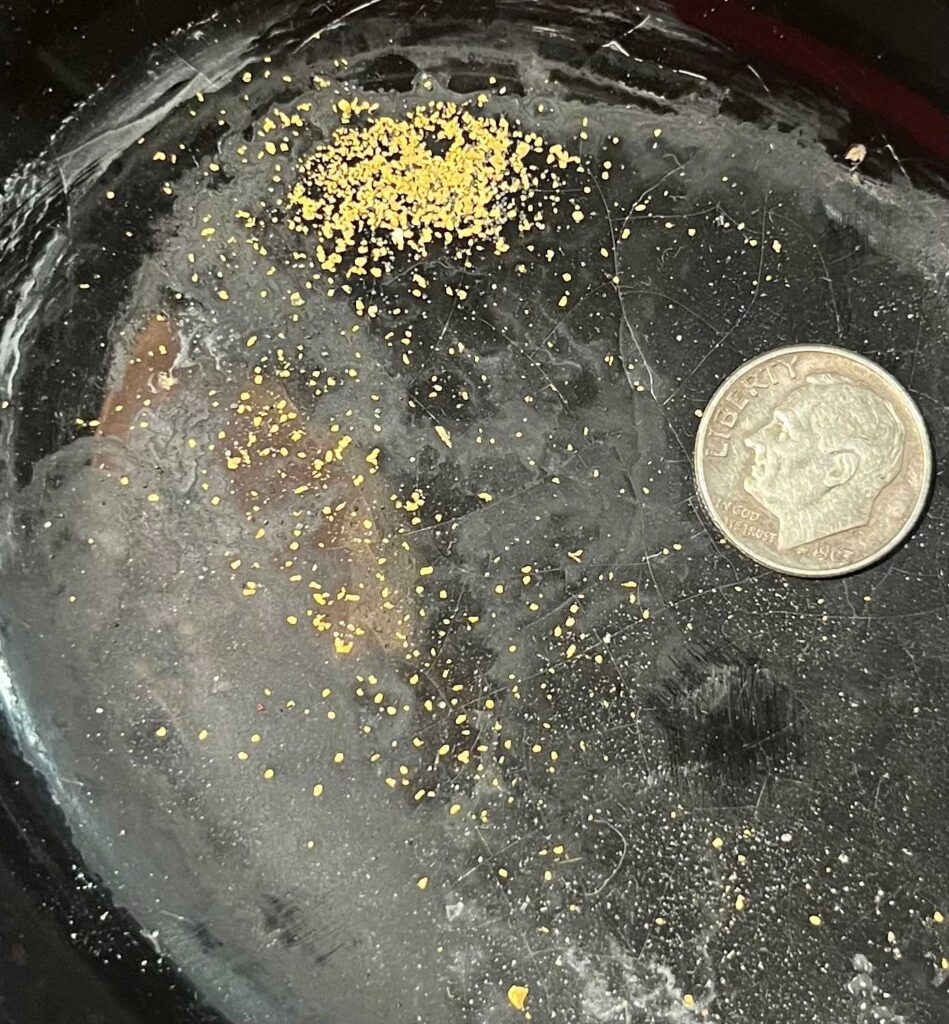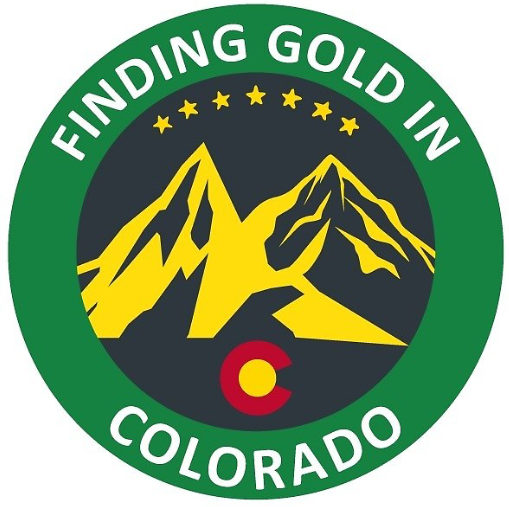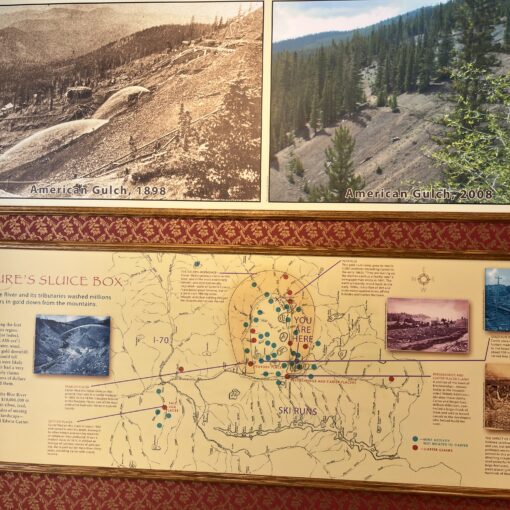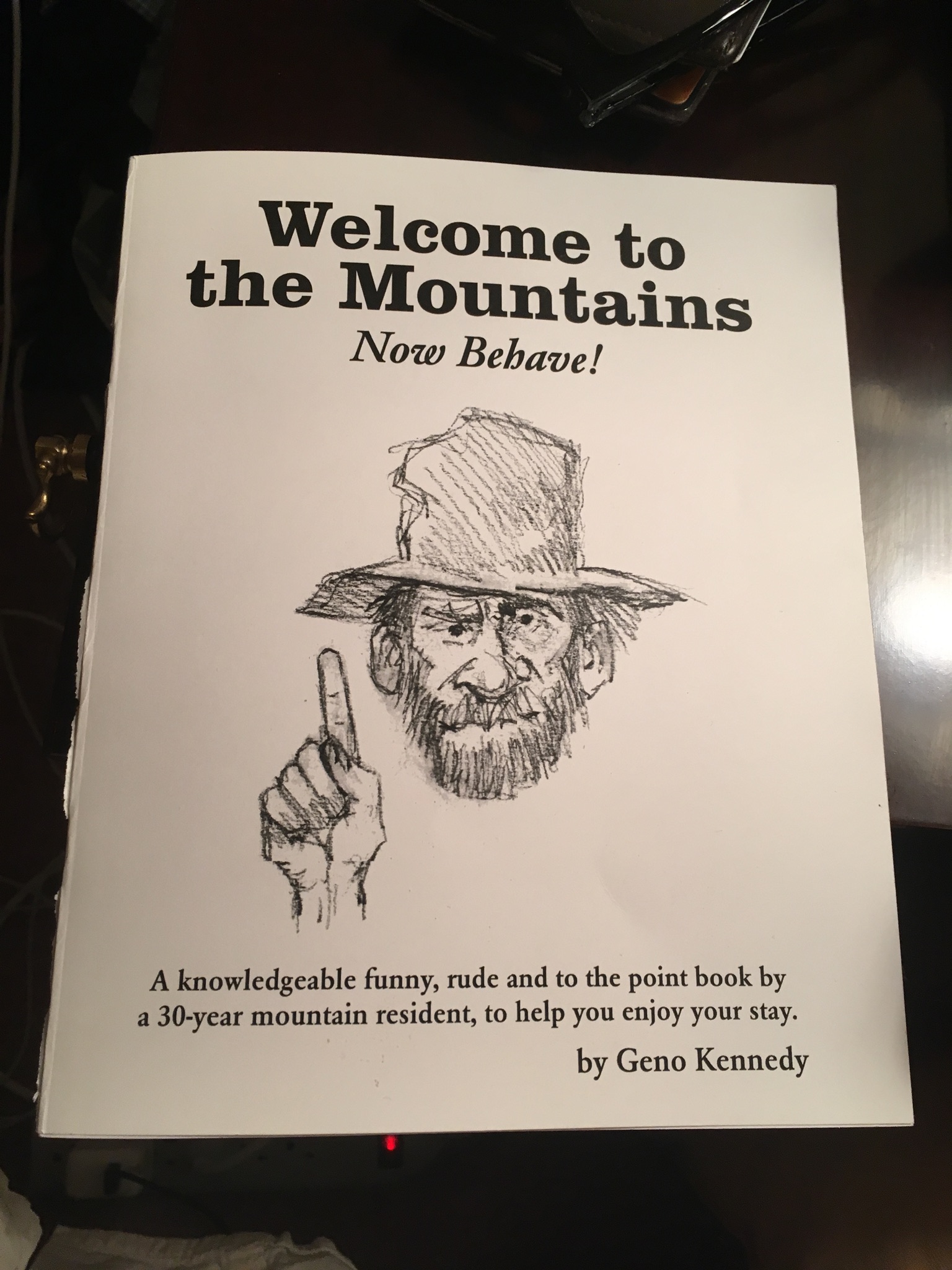121-year-old western Colorado mining flume clings to its secrets
Click on the picture above to go to the article directly. Or try this Colorado mining flume clings to its secrets – The Denver Post. Just don’t click on the DP logo at the bottom of the image since that takes you to their overall webpage.
The Dolores River runs through an amazing range of environments as it flows through western Colorado. It has surprisingly good gold in spots right at river level along the river and on benches above the current river on the lower Dolores too. One of these lower Dolores sites had good enough gold to motivate the construction of the “hanging flume” which is described so well in the linked article. The flume was meant to bring water to a gold-rich hillside dozens of feet above the current river level during an era before cost-effective water pumps were available. Unfortunately, the mining operation was unable to successfully capture the gold with the mining equipment available at that time. Not a total loss, the flume was used for a few years to provide water to cattle kept on the site of the failed mine. Even that use stopped fairly quickly though. This was because dirt and rocks washed off the cliff every spring into the flume, damaging and blocking it within a few years.
I guess, you could say that the good news is that there is now a modern mine operating on the site of the old mine. They are successfully catching much of the gold which escaped the old-time miners, thanks to modern gold mining equipment and smart operational techniques. That said, I was able to obtain a couple gallons of spent concentrates (material out of the sluice that had the gold removed via commercial processes) from the modern mine and was surprised to see how much gold was still escaping modern, medium scale gold mining processing. When I first tried panning it, I could immediately see why the gold was escaping industrial mining systems – it’s very flat and very thin. It was the most challenging panning process I have ever experienced! However, with plenty of patience, a gold pan and a few classifiers, I can still catch what a commercial operation could not. I should add that with modern methods, the commercial mine is thriving and producing lots of gold at a cost-effective rate. They have my admiration for solving the problems which stymied the mining engineers in the old days.

It is worth remembering that all the gold you see above was successfully captured with the modern sluice in the commercial operation. It was just too difficult to do the final separation from the black sands at a commercial scale, so it was set aside. Maybe in the future, the mine will find a final separation tool that can cost-effectively separate out even more of the gold that is caught in their modern sluice. Meanwhile, I have to admit I had a fun time trying to pan this out. I was a real test of my methods and a confirmation that my low-cost separation process works well. Learn more about my methods in a whole article I wrote about it here.
In a way, it is a shame that the builders of the hanging flume didn’t do some testing of their gold capture and separation methods before spending all the money to build the flume. Of course, that doesn’t make the amazing engineering work they did any less cool does it?!?
Just want a quick way to learn more about finding gold in Colorado? If you don’t have all of our books, buy them here. Want to join a community of prospectors? Join our Facebook group which is called Finding Gold in Colorado (don’t bother with the page, just the group). Want to join a local prospecting club? Look HERE for the list of all of them. Want to dig near the hanging flume? Try the BLM public access sites HERE or HERE or some of the other sites along the lower San Miguel River and the Dolores River as described in my guidebooks.





